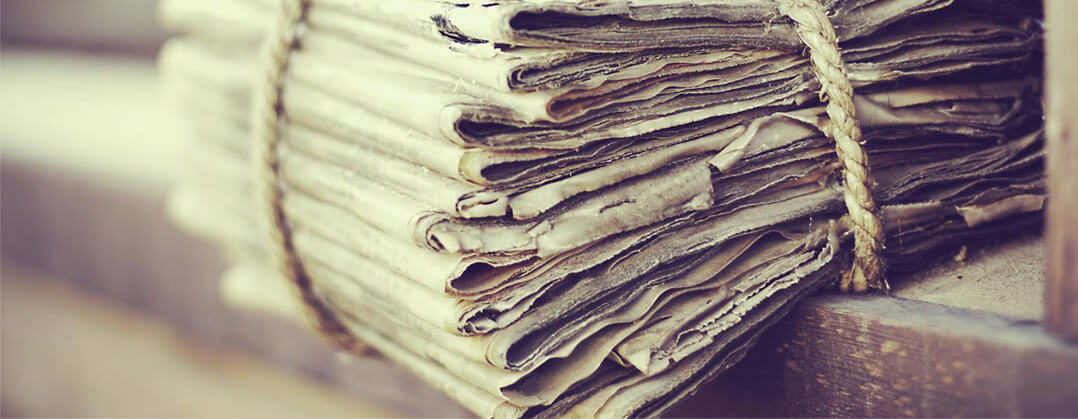The Seventh field season in Metsamor was also the first one carried out within the frame of scientificg rant “ From a catastrophe to a catastrophe. Functioning of provincial Transcaucasian town and means of subsistence of its residents under the political and cultural dominance of the Kingdom of Urartu. Multidisciplinary research in the lower town of Metsamor” won by Krzysztof Jakubiak and financed by the National Scientific Centre (Poland). The research of 2019 was commenced on 28th of August and finished on 3rd of October. Same as in previous seasons, the main works of the presented campaign were concentrated mostly in trench located on north-eastern part of the settlement with one exception being a trench located close to southern walls of the citadel. Additionally, alongside with full-scale excavations was conducted a field survey aiming at determining the range of the settlement and its territorial evolution through several centuries (i.e. between Late Bronze Age and Middle Iron Age).
The season 2019 brings changes also in accommodation conditions of the mission. After five years spent in an improvised container camp situated close to the site, we moved to a large double storey house located deep in Taronik village. Thanks to much better conditions it was even possible to increase our mission up to 25 members, which means that Metsamor mission is actually one of the largest archaeological teams currently working in Armenia.
With this group containing various specialists and students it was possible to establish four teams (from A to D) that had been working separately in several different spots of the site.
Team A led by Elisabeth Bastien was concentrated on exploration of north-eastern chambers of House II labelled as S15 and S12 as well as area located eastwards, while team B led by Joanna Dzik worked in south- eastern parts of the main trench including chambers S13.
Team C led by Dan Socaciu has different objectives compared to previous season, since in 2019 greater attention was paid on exploration of the southern part of the fortress mound. The result was a large test trench set close to south-eastern edge of the citadel.
In turn, efforts of team D (led by Otto Bagi) were concentrated mainly on field survey as well as test-trenching of areas located in the outskirts of the ancient settlement.
During twenty five days of fieldwork, team A and B were able to unearth easternmost portions of House II along with preserved clay floors of rooms S13 and S15. Thanks to meticulous exploration of floor deposits it was possible to reconstruct the function of both chambers, as well as to collect archaeobotanical and sediment samples for further analysis. It is highly probable that southern room- (S13) served as some kind of social space, where household members were gathered at daily feasts. In contrast, chamber S15 was in fact a small internal courtyard of House II, which in later phases has been paved. After the abandonment of House II this space was partly used as a resting place for an adult woman who was buried in a simple cist grave under the pavement. Originally, her body was wrapped in a burial shroud alongside with several small personal objects, of which the stamp-cylinder seal made of black stone was most characteristic. Judging from the linear style of engraved scene, the seal belonged to a wider group of “common” Urartian seals, that were particularly widespread among south Caucasian communities in 7th and first half of 6th centuries BC. Interestingly, burial uncovered in 2019 season was in fact the fourth intramural grave dated to the late Urartian period which additionally confirms that the settlement area has served as a burial ground already from the end of 7th centuries BC with short interludium during the Achaemenid period.
Meanwhile, on the other side of the fortress mound, members of team C have explored the inner part of the citadel attached to south-eastern section of cyclopean fortifications. After four weeks of excavations conducted in this steep area it was possible to recognize at least three occupation phases of which the uppermost can be dated to 12th-13th century AD, while the inner to late Roman period, and the lowermost to the 1st millennium BC. Thanks to good preservation of uppermost deposits containing several clay kilns it was possible to determine that this part of the fortress served as a production area during the Middle Ages. Most probably on the top of the mound was located a small forge that produced mainly iron tools and other metal utensils for the local community.
Team members:
Krzysztof Jakubiak, Ashot Piliposyan, Hasmik Simonyan, Mateusz Iskra, Kinga Bigoraj, Elisabeth Bastien, Dan Socaciu, Otto Bagi, Tigran Zakyan, Nerses Mamikonyan, Menua Gevorgyan, Marek Truszkowski, Deborah Gawlikowska, Karolina Warecka, Joanna Pawlik, Olga Puszkarewicz, Joanna Dzik, Ewa Kwiatusińska, Danielle Storey, Andrzej Szotek, Dulamsuren Manlaibataar, Dan Barbur, Jolanta Stawicka, Patryk Okrajek, Jacek Mońka.
Back to news
Comments